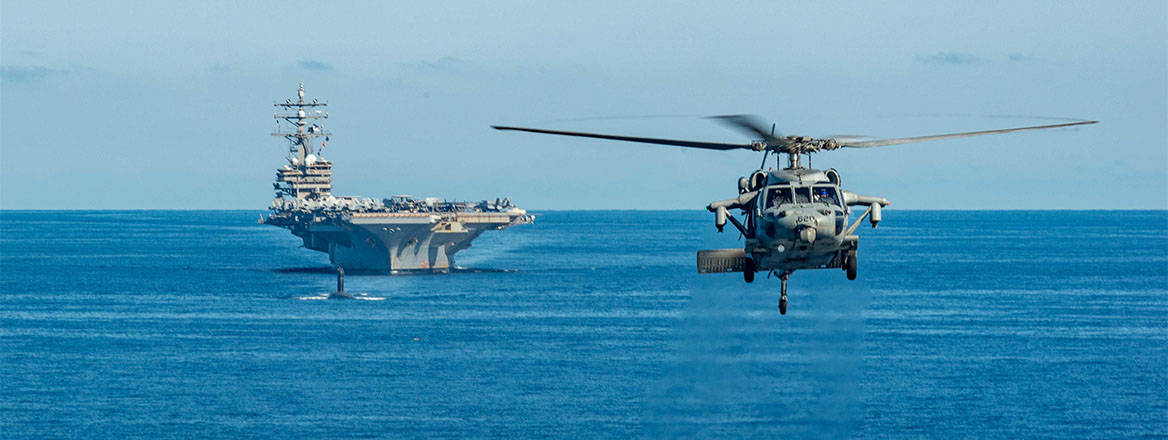This paper examines the conduct of economic warfare at sea, and the way it will shape the imperatives of Western navies in the future. Among its key findings are that defensive action against adversary economic warfare will become a more complex task, drawing on ever-greater naval capacity, as the challenges faced at sea come to include the imperative to defend critical national infrastructure at sea.
On the offensive side of the equation, although non-military means of waging economic warfare have grown in significance, this paper finds that the use of naval assets will remain a key tool with which to wage economic warfare, alongside other instruments. However, the methods and instruments through which navies wage economic warfare will likely evolve.
The paper aims to answer two key questions:
- How will the defensive components of economic warfare at sea evolve as the structure of modern economies makes them increasingly reliant, not just on shipborne trade, but also on physical infrastructure such as undersea cables and pipelines?
- How can navies continue to complement non-military methods of waging offensive economic warfare, such as sanctions?
WRITTEN BY
Dr Sidharth Kaushal
Senior Research Fellow, Sea Power
Military Sciences


